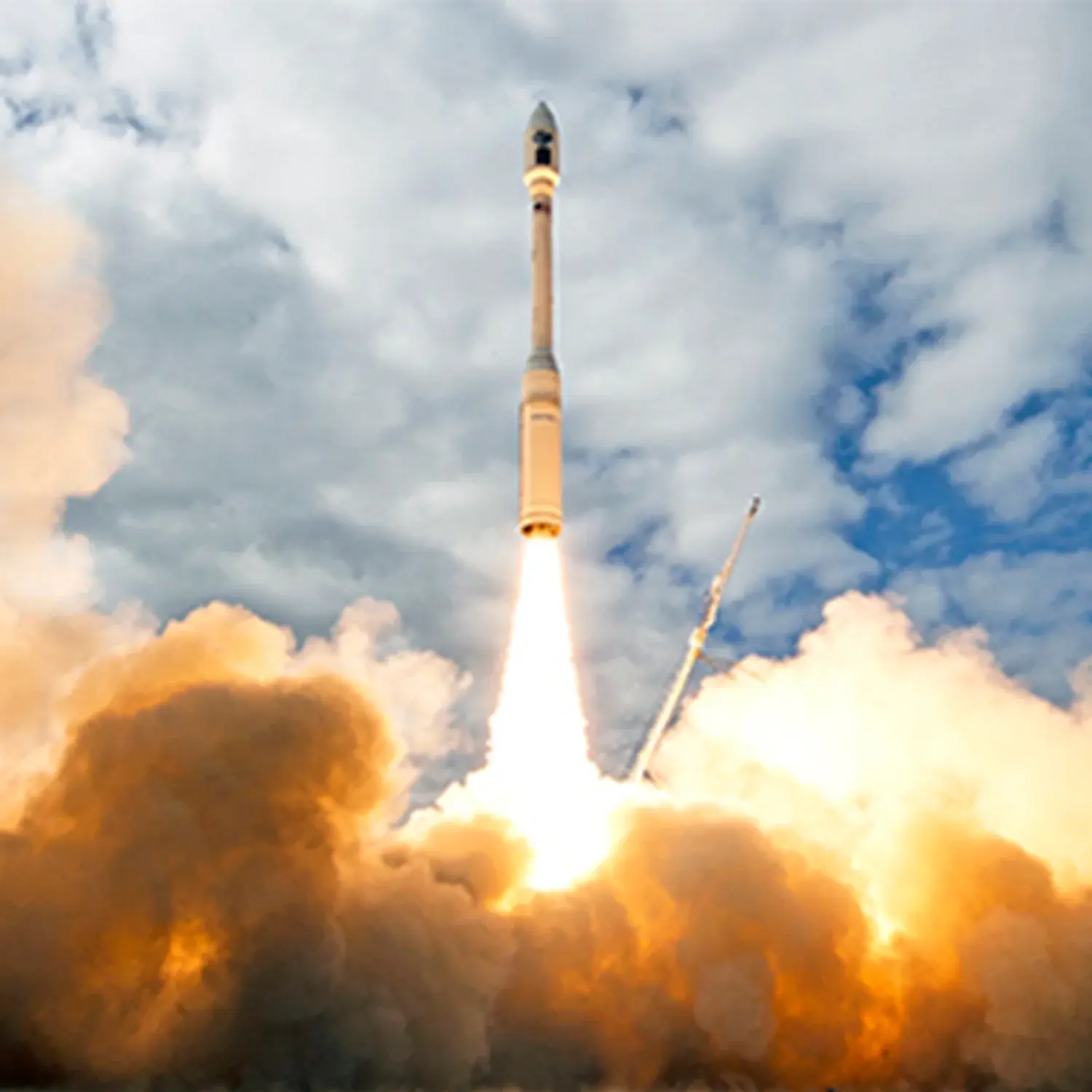Orbview-4, QuikTOMS and Others
Launch Failure
Liftoff Time (GMT)
18:49:00
Friday September 21, 2001
Mission Details
Read Article
Launch Notes
When the second stage ignited at T+83 seconds, a nozzle gimbal actuator drive shaft seized for approximately 5 seconds causing loss of control. The vehicle recovered and continued to fly the mission profile, but failed to reach a stable orbit and reentered near Madagascar.
OrbView 4
Orbview 4 was a high resolution commercial Earth imaging satellite imagery. OrbView 4's imaging instrument was to provide one-meter panchromatic imagery and four-meter multispectral imagery with a swath width of 8 km as well as 200 channel hyperspectral imagery with a swath width of 5 km. The satellite was to revisit each location on Earth in less than three days with an ability to turn from side-to-side up to 45 degrees from a polar orbital path.
Low Earth Orbit
1 Payload
368 kilograms
QuikTOMS
The QuikTOMS (Quick Total Ozone Mapping Spectrometer) mission is to continue daily mapping of the global distribution of the Earth's total column of the atmospheric ozone with Total Ozone Mapping Spectrometer Flight Model 5 (TOMS-5). TOMS-5 was scheduled to be launched in the year 2000 aboard the Russian satellite, Meteor-3M(2), but the Meteor-3M(2)/TOMS-5 mission was terminated in April 1999.
Low Earth Orbit
1 Payload
166 kilograms
SBD
SBD (Special Bus Design) was a space demonstration of an improved MicroStar bus. It was to remain on the last stage of the launch vehicle.
Low Earth Orbit
1 Payload
73 kilograms
Celestis 05
Celestis is the first company to offer space burials. The Celestis payloads are small containers (CPAC, Celestis Payload Attached Container) The containers contain small aluminum capsule about the size of a lipstick, containing symbolic 7 g of cremated remains. Several flights have been made. Among the first persons, whos ashes were send into space were the late "Star Trek'' creator Gene Roddenberry, 60ies icon Timothy Leary and space colony advocate Gerald O'Neill.
1 Payload
Rocket


Agency
NorthropPrice
$45.00 million
Rocket
Height: 27.9m
Payload to Orbit
LEO: 1,458 kg
Liftoff Thrust
1,607 Kilonewtons
Fairing
Diameter: 2.34m
Stages
4
Launch Site
Stats
Minotaur C (Taurus)
6th
Mission
1st
Mission of 2001
2001
42nd
Orbital launch attempt